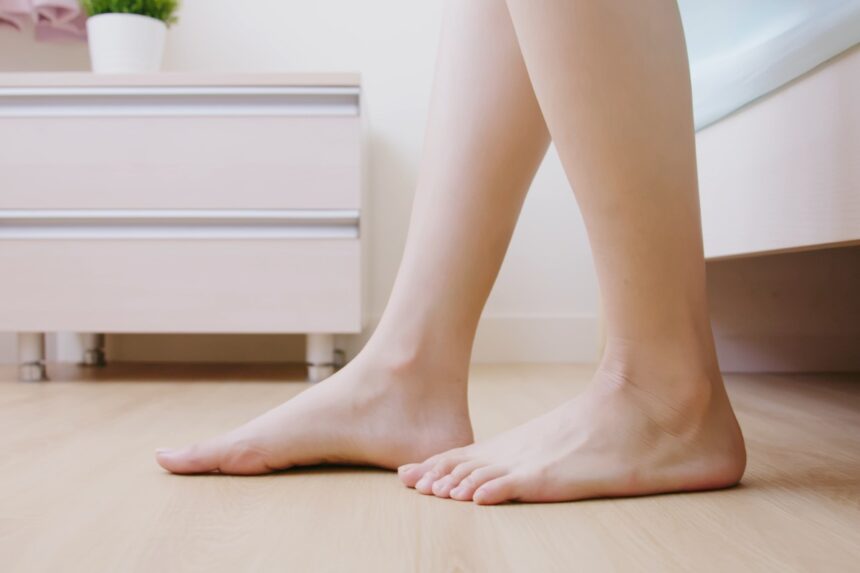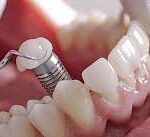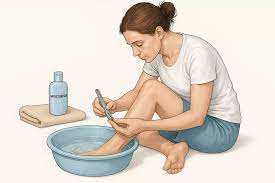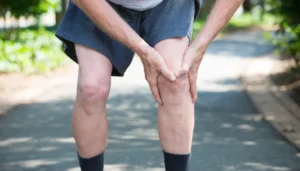Flat feet in children often worry parents, but understanding when this condition requires attention can help you make informed decisions about your child’s foot health. Babies are often born with flat feet, but they typically develop an arch by the age of 6. Here is more information on the normal development of foot arches, signs that may indicate a need for professional evaluation, and when medical intervention might be necessary:
Understanding Normal Foot Development
Children typically have flat feet during their early years. The arch formation process occurs gradually as the bones, muscles, and ligaments in the feet mature and strengthen. Most infants and toddlers have flat soles because their foot structures remain flexible, and the arch has not yet formed.
The longitudinal arch, the curve along the inside of the foot, begins developing around age 2 to 3 years. This development continues through childhood, with most children showing well-formed arches by age 6 to 8 years. During this period, the fat pad that fills the arch area in babies gradually diminishes, allowing the natural curve to become more visible.
Flexible flat soles represent the most common type in children. With this condition, the arch appears when the child stands on tiptoes or sits with feet dangling, but flattens when weight-bearing. This flexibility indicates that the foot structures function normally, and the condition often resolves as the child grows. Some children may have rigid flat soles, where the arch remains absent regardless of position or weight-bearing status. This type occurs less frequently but may require closer monitoring and potential intervention.
Identifying Concerning Signs
Several indicators suggest that a child’s flat soles may need professional assessment. Pain represents the most significant red flag. Children with flat feet who experience foot, ankle, or leg pain during activities should receive evaluation from a healthcare professional. If the foot is stiff or painful, the podiatrist might recommend an X-ray to identify the cause.
Difficulty with physical activities can signal problematic flat soles. If your child frequently complains of fatigue during walking or running or shows reluctance to participate in sports due to foot discomfort, these symptoms warrant attention.
Observe your child’s walking pattern for irregularities. Children who walk with feet turned outward significantly, show excessive inward rolling of the ankle, or demonstrate an unusual gait pattern may benefit from professional assessment.
Exploring Treatment Options
Most cases of flat feet in children require no treatment. When the condition remains flexible and pain-free, observation and normal activity suffice. Regular physical activity actually helps strengthen the foot muscles and ligaments that support arch development. Healthcare professionals may recommend specific exercises to strengthen foot and leg muscles when flat feet cause mild symptoms. These exercises focus on improving muscle tone and flexibility in the feet and lower legs.
Custom orthotic devices or supportive shoe inserts may help children who experience pain or functional limitations. These devices provide additional arch support and can improve foot alignment during activities. Physical therapy becomes beneficial when flat soles contribute to pain or movement difficulties. A physical therapist can teach specific exercises and provide guidance on activity modifications that reduce symptoms while promoting healthy foot development.
Learn More About Flat Feet
Flat feet in children usually represent a normal part of foot development rather than a medical concern. Most children with flexible flat soles experience no pain or functional limitations and develop normal arches as they grow. Schedule a professional evaluation if your child experiences pain, exhibits unusual walking patterns, or struggles with physical activities. Early assessment can identify any underlying issues and provide appropriate guidance for supporting your child’s foot health.














